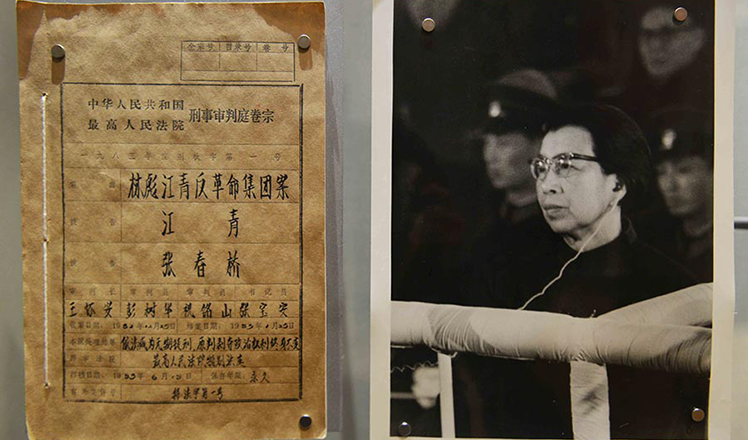Ministry dismisses guess of smog-nuclear-radiation correlation
Updated: 2016-01-09 19:53
(Xinhua)
|
||||||||
BEIJING - The Ministry of Environmental Protection (MEP) dismissed a resurfacing hypothesis that nuclear radiation due to burning of uranium-containing coal is the primary cause of smog.
The MEP said in a Saturday statement that nuclear radiation has no correlation with smog, and the country's atmospheric radiation is stable with no uranium-rich particles detected, based on a recent MEP-led research.
The hypothesis first emerged in 2013 as an Internet article which claimed that some coal mines in Erdos city of the Inner Mongolia autonomous region contained radioactive substances of which half life extend over hundred million years, including uranium.
The article said these substances enter the atmosphere as radioactive powder after coal is burned, and they are the primary cause of smog.
Experts participating in the MEP-led research found that the content of Uranium-238 in coal and waste rock samples in Erdos are 6.3 to 57.7 Bq/kg and 14.6 to 87.2 Bq/kg respectively, the same level as the national average.
Erdos has both uranium and coal mines. The MEP said the Daying Uranium mine has not been exploited, and neither has the coal mine which lays more than 100 meters beneath the uranium mine.
According to readings from 167 atmospheric radiation monitoring stations across the country over the past decade, the radiation level has been stable, with no uranium-rich particles detected, the MEP said.
Experts also analyzed the content of uranium isotopes in air particles and found the intensity is of the same level as its natural intensity in soil.
Zhao Shunping, a researcher with the Radiation Monitoring Technical Center of the MEP, said the atmospheric radiation level is absolutely normal, and the content of uranium in air particles is too minute to exert any influences on people's health.
- Obama says US must act on gun violence, defends new gun control rules
- Over 1 million refugees have fled to Europe by sea in 2015: UN
- Turbulence injures multiple Air Canada passengers, diverts flight
- NASA releases stunning images of our planet from space station
- US-led air strikes kill IS leaders linked to Paris attacks
- DPRK senior party official Kim Yang Gon killed in car accident

 'The Revenant' and 'The Martian' big Golden Globe winners
'The Revenant' and 'The Martian' big Golden Globe winners
 The world in photos: Jan 4 - 10
The world in photos: Jan 4 - 10
 Creative designs create splash in Shanghai art center
Creative designs create splash in Shanghai art center
 Amazing ice wonderland in Beijing
Amazing ice wonderland in Beijing
 Chinese Buddhism's birthplace remains a place of pilgrimage
Chinese Buddhism's birthplace remains a place of pilgrimage
 Special report: Rise and rise of China's outbound tourism
Special report: Rise and rise of China's outbound tourism
 Trial data of former senior Party officials on display
Trial data of former senior Party officials on display
 Replica of luxurious chariot from ancient times wows Xi'an visitors
Replica of luxurious chariot from ancient times wows Xi'an visitors
Most Viewed
Editor's Picks

|

|

|

|

|

|
Today's Top News
Shooting rampage at US social services agency leaves 14 dead
Chinese bargain hunters are changing the retail game
Chinese president arrives in Turkey for G20 summit
Islamic State claims responsibility for Paris attacks
Obama, Netanyahu at White House seek to mend US-Israel ties
China, not Canada, is top US trade partner
Tu first Chinese to win Nobel Prize in Medicine
Huntsman says Sino-US relationship needs common goals
US Weekly

|

|








